Many tech gadgets that were once groundbreaking have since been replaced by newer innovations. However, some of these phased-out devices left an enduring legacy, influencing the development of future technology. These played crucial roles in shaping modern entertainment, communication, and digital storage. Even though their time in the spotlight has passed, their impact remains significant.
Dial-Up Modem
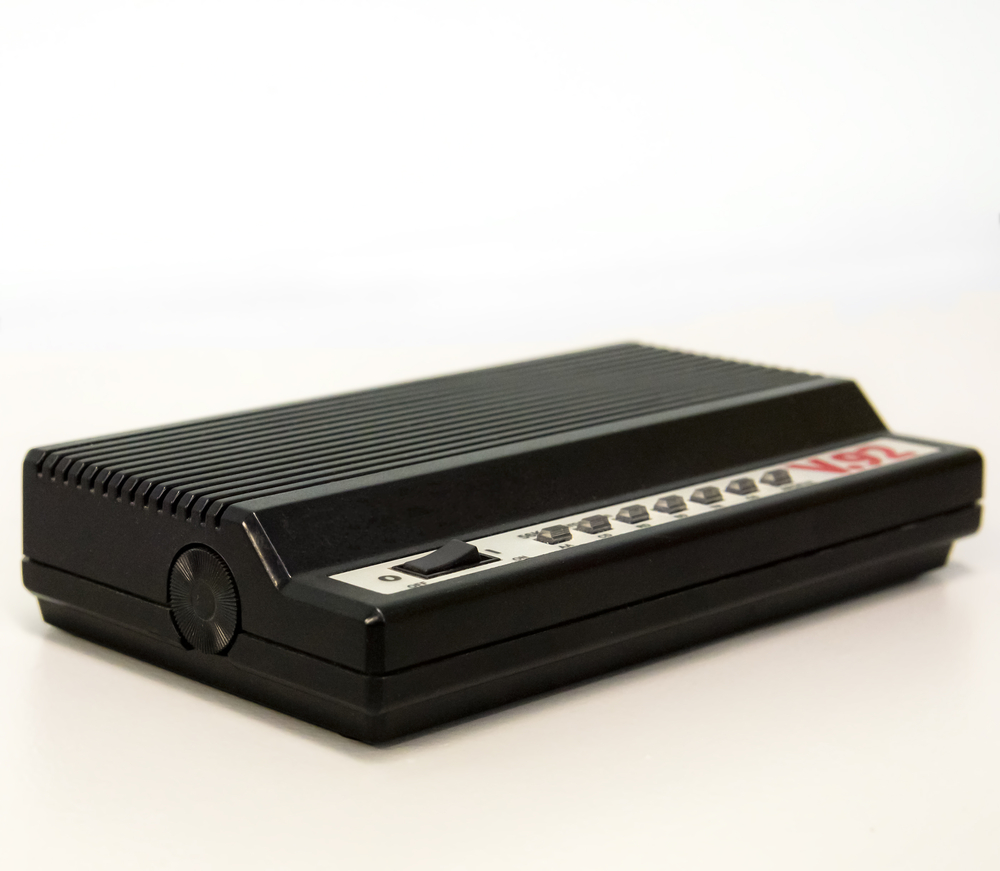
The dial-up modem was once a vital part of early internet connectivity, popularized in the 1990s. Users had to connect their computers through a phone line, which often resulted in slow speeds and interruptions if someone used the phone. As broadband and fiber optic internet advanced, the need for dial-up decreased, leading to its gradual phase-out in the 2000s. By 2010, most major internet service providers stopped offering dial-up connections, yet in certain rural areas, remnants of this technology persist. Its legacy remains as the first gateway to the World Wide Web for millions. The modem’s sound, a blend of static and digital tones, has become nostalgic for many.
Floppy Disk
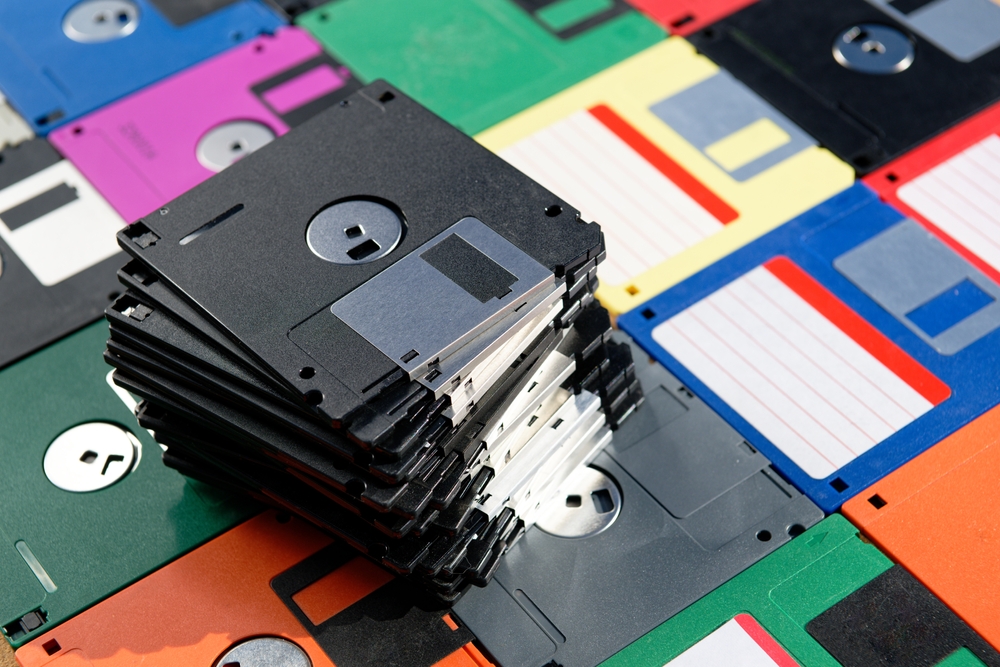
Floppy disks were once the go-to storage device for personal computers, holding data in 1.44 MB sizes during the 1980s and 1990s. As technology evolved, the capacity of these became insufficient for modern applications, leading to their phase-out in the early 2000s. USB drives and cloud storage became the standard for data storage, offering exponentially higher capacities. However, the floppy disk paved the way for portable data storage and remains a symbol of early computing. Even as software demands increased, some industries, such as aviation, continued to use them into the 2010s for legacy systems. Interestingly, the floppy disk icon is still widely recognized as the symbol for “saving” files on digital platforms.
Walkman
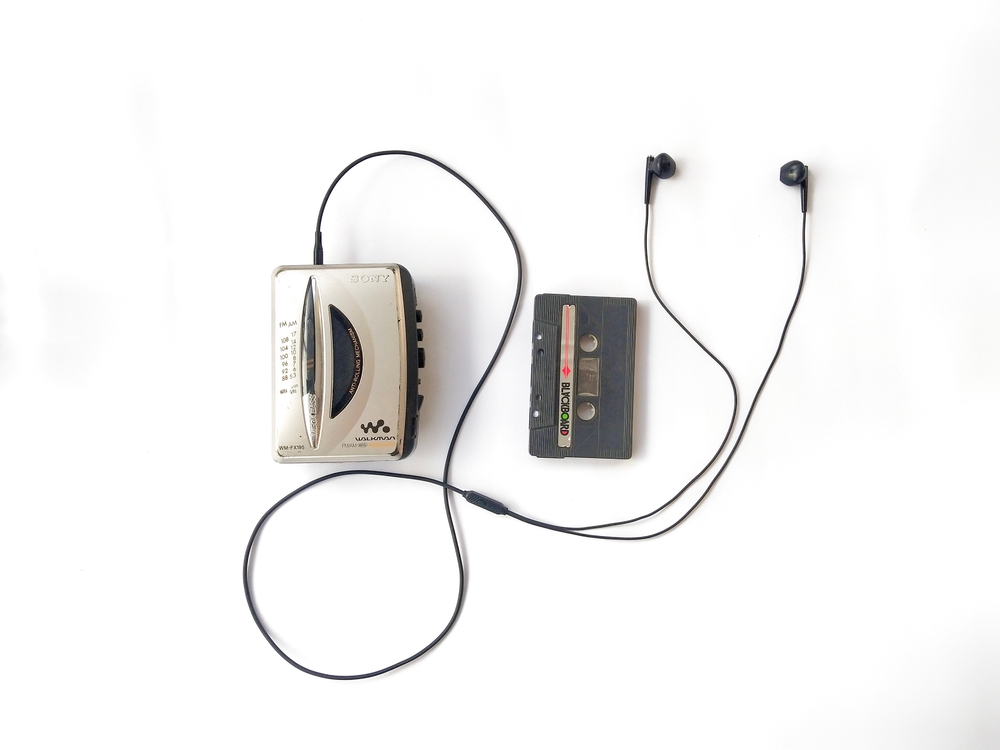
Sony’s Walkman, released in 1979, revolutionized portable music by allowing users to listen to cassette tapes on the go. It defined music culture in the 1980s and 1990s, selling over 400 million units globally. With the advent of digital music players like the iPod in the early 2000s, the Walkman became obsolete. However, it left a lasting legacy by making personal music portable for the first time, influencing how we consume music today. Its simple design and appeal to the youth market helped Sony dominate the electronics industry. Even though Walkman production ended in 2010, its impact continues to resonate, especially among retro music enthusiasts.
VHS
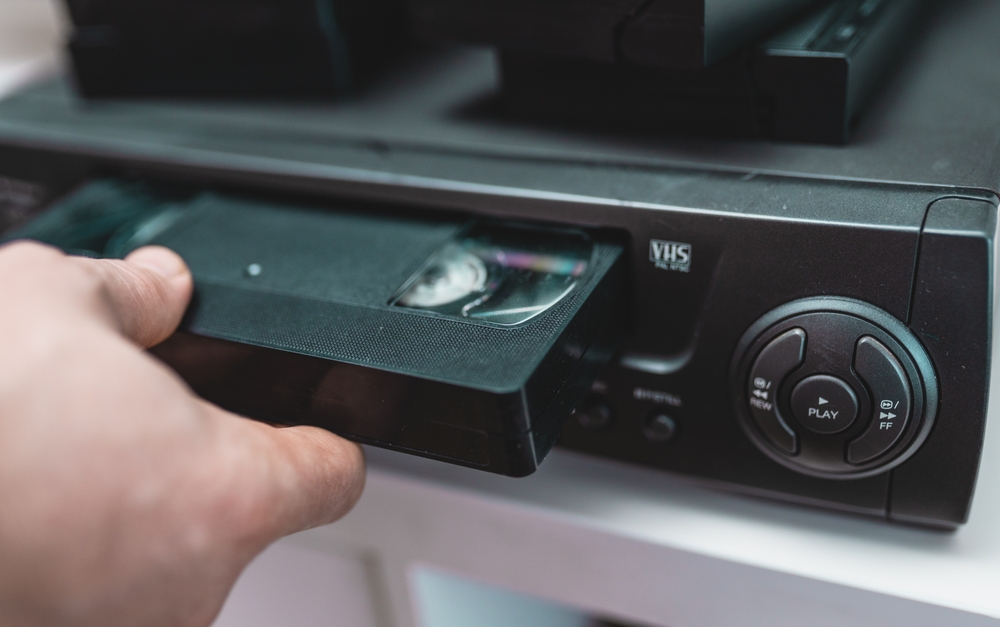
The VHS (Video Home System), launched in 1976, became a staple in households for recording and playing movies. It allowed families to watch films at home and record television programs, transforming home entertainment. The rise of DVDs and streaming services in the 2000s led to the phasing out of VHS tapes by 2008. Nevertheless, it left a significant legacy as the first widely accessible video format, influencing the evolution of film consumption. Many VHS collectors and enthusiasts still treasure tapes for their nostalgic value. By the 2010s, even big retailers like Blockbuster ceased to carry VHS, signaling the end of an era.
Pager

Pagers, or “beepers,” were an essential communication tool in the 1980s and 1990s. They allowed individuals to receive messages or alerts via numbers or simple texts. They were especially popular among doctors and professionals who needed to be reachable quickly. With the advent of mobile phones in the 2000s, pagers gradually became obsolete. However, they left a mark for their reliability in communication, especially in emergency scenarios where cell networks could fail. Some industries, like healthcare, continued using them into the 2010s due to their simplicity and robust signal coverage. Interestingly, in certain niche fields, pagers remain in limited use today.
Discman
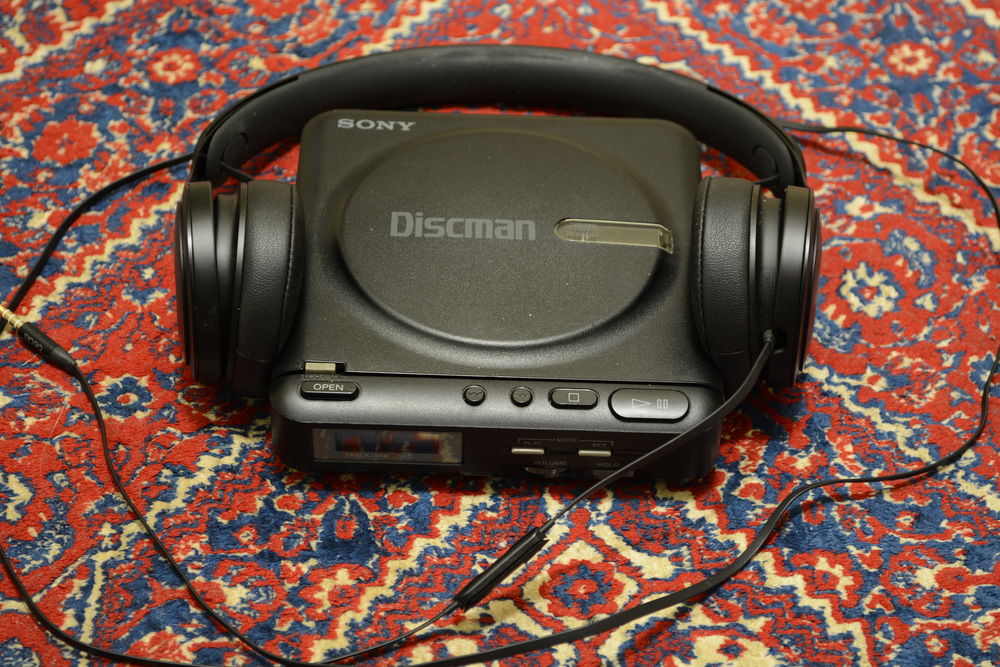
The Discman, released by Sony in 1984, enabled music lovers to play CDs on the go. It gained popularity in the mid-1990s but began to decline with the rise of MP3 players and digital streaming in the early 2000s. It left a lasting impression by introducing portable CD players, which shaped the way people consumed music. While limited by its need to carry physical CDs, it set the stage for more compact and efficient devices. As smartphones and streaming services emerged, Sony discontinued the Discman line. Despite this, the device remains a cherished symbol of the portable music revolution.
Portable TV
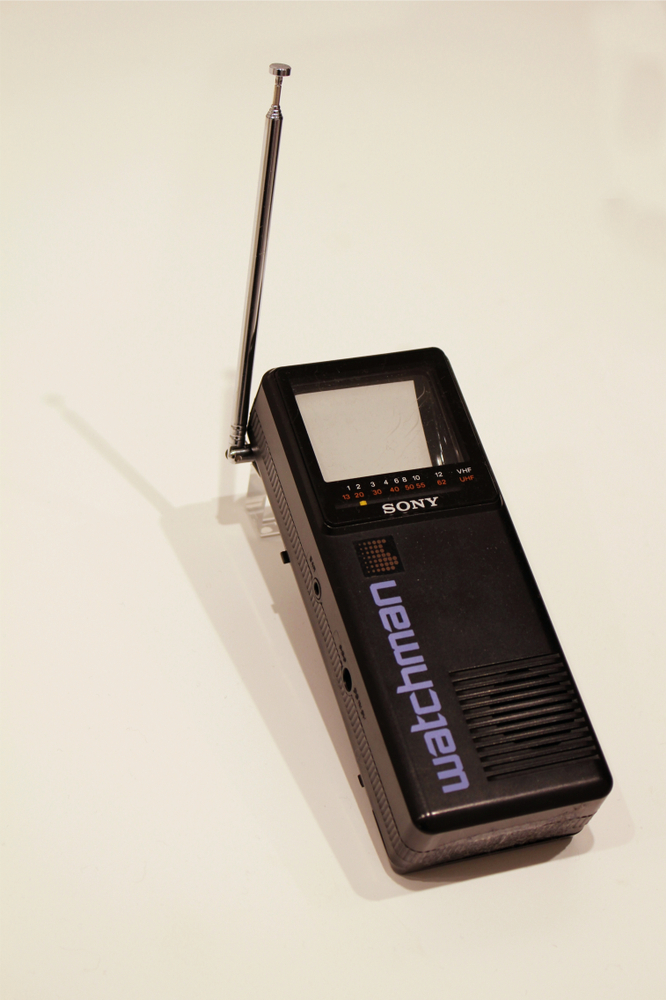
Sony’s Watchman portable TV, introduced in 1982, allowed people to watch television on the go for the first time. It was a novelty in the 1980s and 1990s, but the limited number of channels and poor reception in some areas hindered its widespread adoption. The rise of mobile devices, particularly smartphones and tablets, eventually led to the portable TV’s decline in the 2000s. Its legacy lies in pioneering mobile entertainment and proving the demand for portable screen-based devices. Interestingly, modern handheld gaming consoles and streaming platforms owe part of their success to these early portable TVs. By 2012, most major electronics companies had ceased production of portable TVs.
Typewriter

The typewriter was a revolutionary device for writers and offices in the late 19th and 20th centuries. It offered faster, more legible writing than pen and paper. By the 1980s, word processors and personal computers began to replace typewriters. The last commercial typewriter factory shut down in 2011, marking the end of an era. Despite this, these left an enduring legacy on professional communication, establishing the keyboard layout we still use today. Some writers still prefer typewriters for their tactile experience and freedom from digital distractions. Even today, vintage typewriters are highly sought after by collectors and enthusiasts.
Cassette Tapes
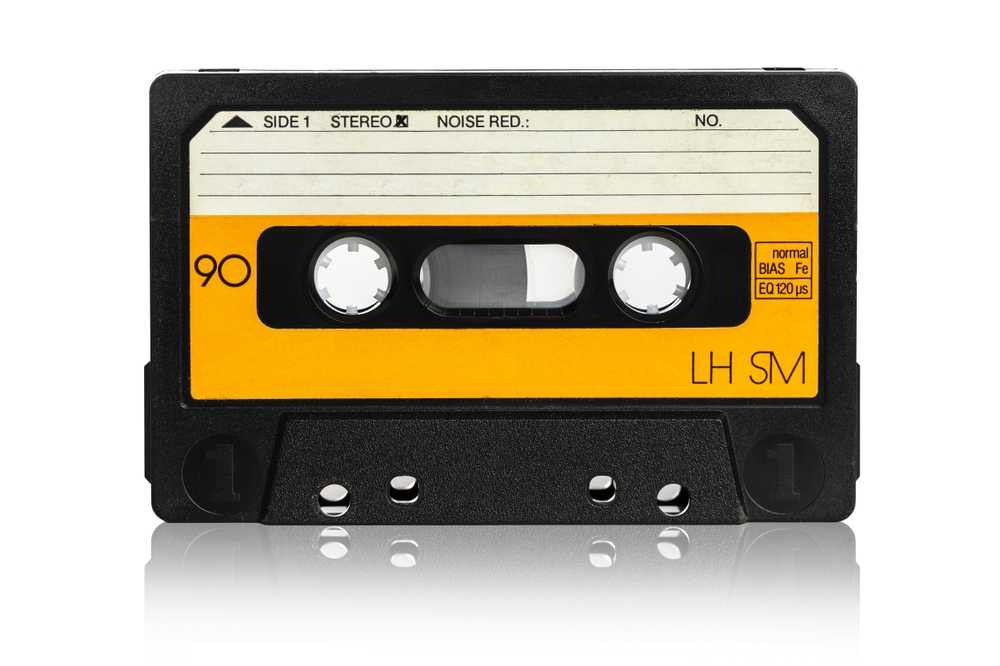
Cassette tapes, introduced in 1963, were the most popular way to listen to and record music for several decades. Their decline began in the 1990s with the rise of CDs, and by the early 2000s, digital formats like MP3s had largely replaced them. While cassettes were prone to wear and tear, they allowed users to create personalized “mix tapes,” a concept that contributed to their nostalgic legacy. In recent years, they have experienced a small resurgence in niche markets, with indie bands releasing music on this vintage format. Cassette sales, though minuscule compared to digital formats, have surprisingly seen growth since the mid-2010s.
PalmPilot

The PalmPilot, released in 1996, was a groundbreaking personal digital assistant (PDA) that allowed users to manage contacts, schedules, and tasks on the go. It was popular in the late 1990s and early 2000s before smartphones took over. Its user-friendly interface and stylus input paved the way for modern touch-screen devices. As smartphones evolved with better features, PalmPilot’s relevance faded, leading to its discontinuation in 2008. Its legacy lies in introducing portable, personal computing that helped shape today’s mobile technology. Interestingly, its interface influenced the development of later touchscreen devices, including early smartphones.
Nintendo Game Boy
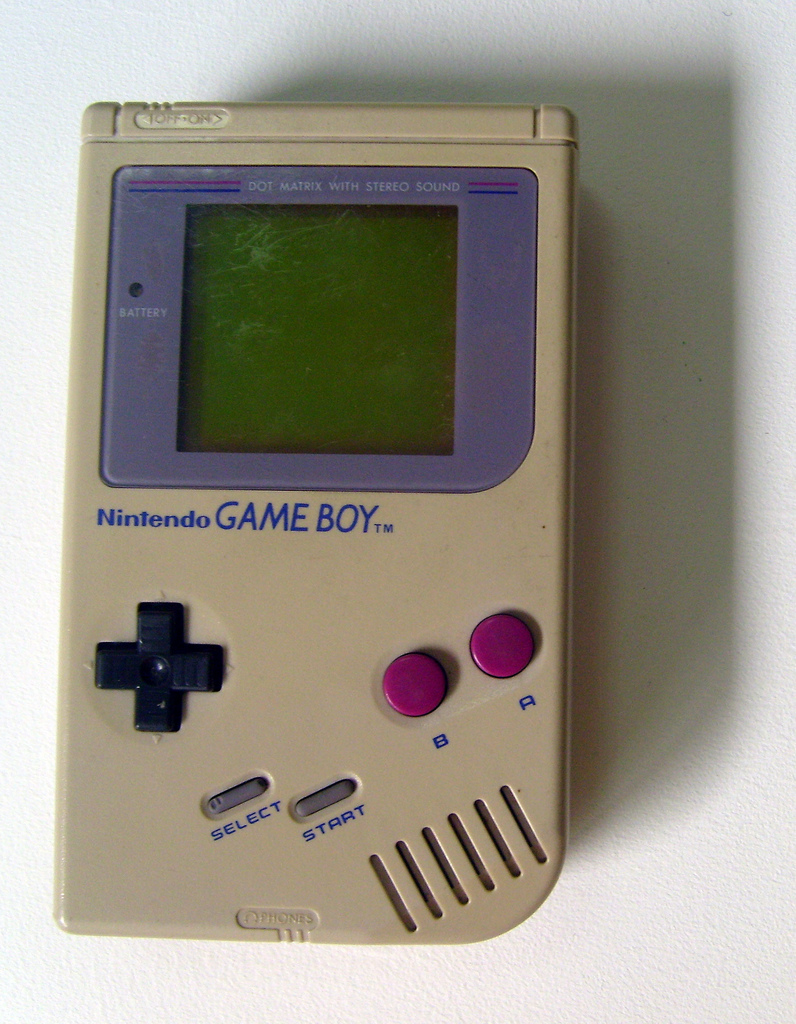
The Nintendo Game Boy, released in 1989, transformed handheld gaming with its portability and impressive game library. It was a staple of 1990s gaming culture but gradually phased out in the 2000s with the introduction of more advanced handheld consoles like the Nintendo DS. The Game Boy’s simplicity and iconic design left a lasting legacy, as it introduced millions of children and adults to portable gaming. Its library of classic games, including Pokémon and Tetris, is still celebrated today. Interestingly, collectors often seek out original ones, with some models fetching high prices in the retro gaming market.
Compact Disc (CD) Player
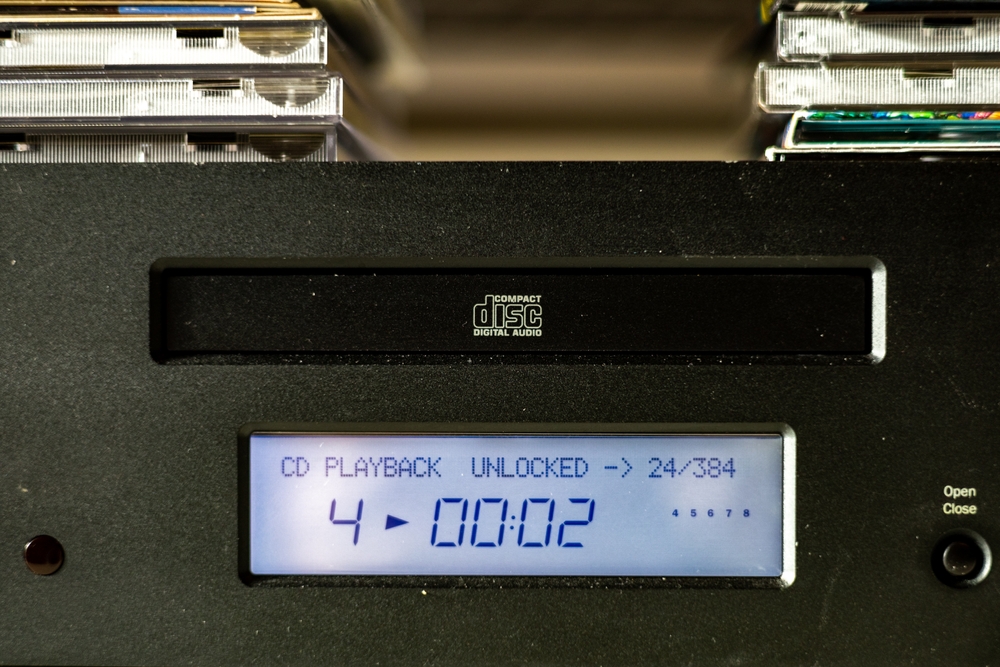
Compact Disc (CD) players, introduced in 1982, revolutionized the way people listened to music by offering high-quality, digital audio. They gained widespread popularity in the 1990s but started to phase out in the 2000s as MP3 players, iPods, and streaming services became the norm. CDs were valued for their durability and portability, marking a shift from analog to digital music. Despite their decline, CD players set a precedent for digital music formats. Even today, audiophiles and collectors treasure CDs for their sound quality. By the 2010s, most CD players had been discontinued by major manufacturers.
LaserDisc
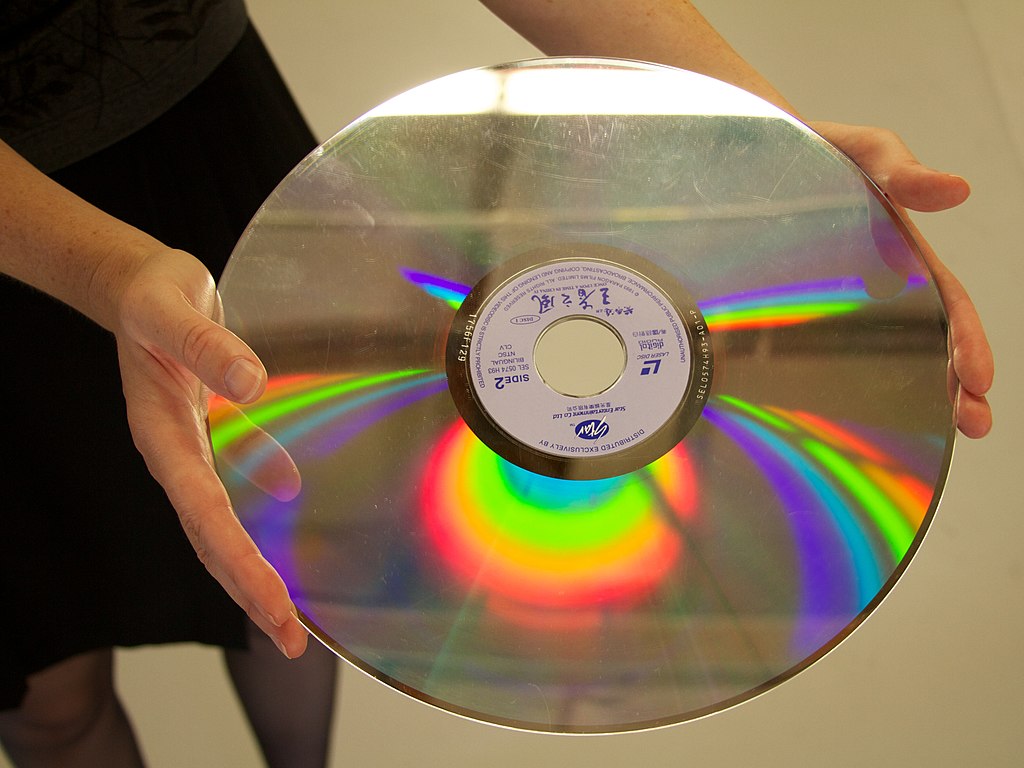
LaserDiscs, introduced in 1978, were one of the earliest formats for high-quality video playback, predating DVDs. Although offering superior picture and sound compared to VHS, these never became mainstream due to their high cost and bulky size. By the late 1990s, DVDs, which were cheaper and more compact, replaced LaserDiscs, leading to their phase-out by the early 2000s. However, these left a legacy by demonstrating the demand for high-quality home video. They were also the first to include interactive features like scene selection, which DVDs later improved. Today, they are sought after by collectors for their vintage appeal.
Minidisc Player
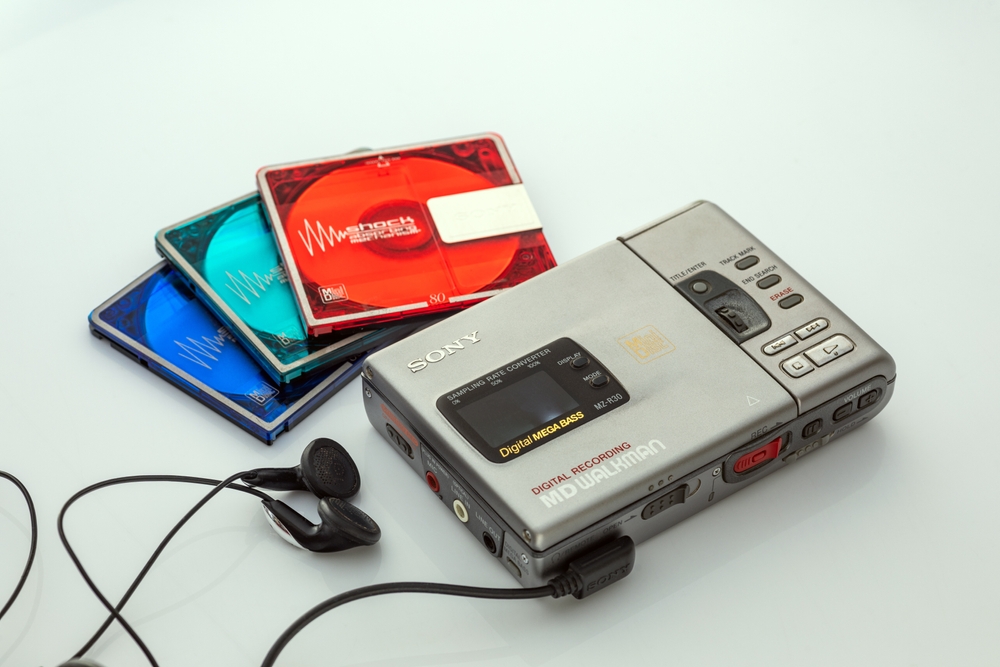
Minidisc players, introduced by Sony in 1992, were intended to replace cassettes and CDs by offering digital audio in a smaller, more portable format. Despite their superior audio quality and compact size, they struggled to gain mass appeal, largely due to the rise of MP3 players and iPods in the early 2000s. By the mid-2000s, Sony stopped producing minidisc players. However, their legacy is notable for influencing digital music formats and compression techniques. Enthusiasts still appreciate the durability and sound quality of Minidiscs, which have found a niche audience even after their official discontinuation.
Blackberry
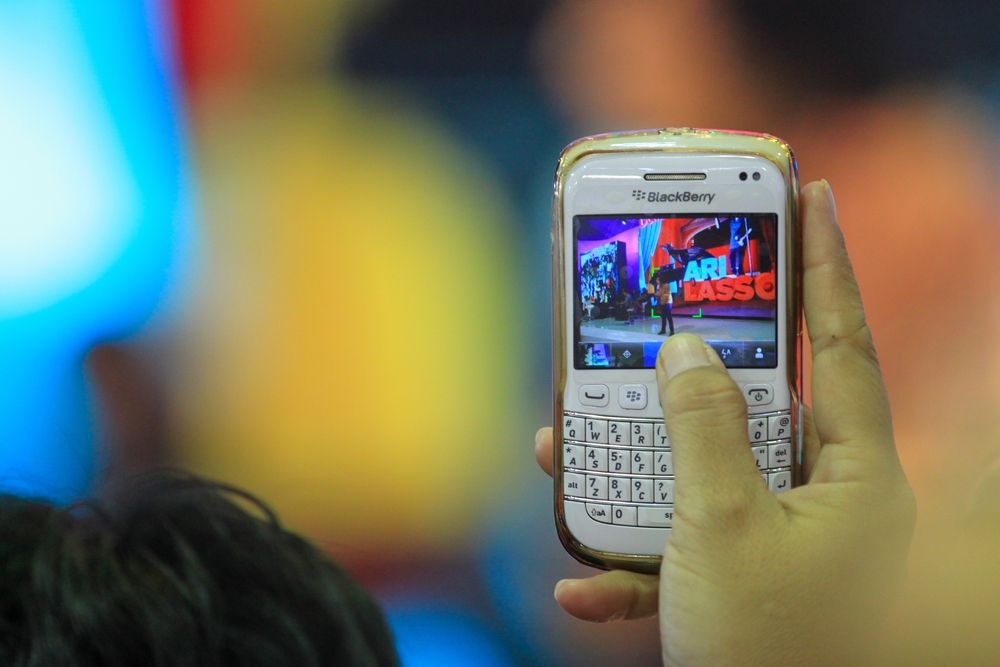
The Blackberry smartphone, first launched in 1999, became an essential business tool due to its secure email and messaging capabilities. It dominated the market throughout the 2000s, becoming synonymous with professional mobile communication. However, its physical keyboard and limited app ecosystem fell behind as touchscreen smartphones like the iPhone took over. By the late 2010s, it phased out its phones but left a lasting legacy in mobile security and enterprise communication. Its influence can still be seen in modern smartphones, particularly in secure messaging apps. In 2022, the final versions of Blackberry’s operating systems were officially discontinued.
This article originally appeared on Rarest.org.
More from Rarest.org
8 Pieces of Vintage Concert Merch That’s Now Highly Valuable
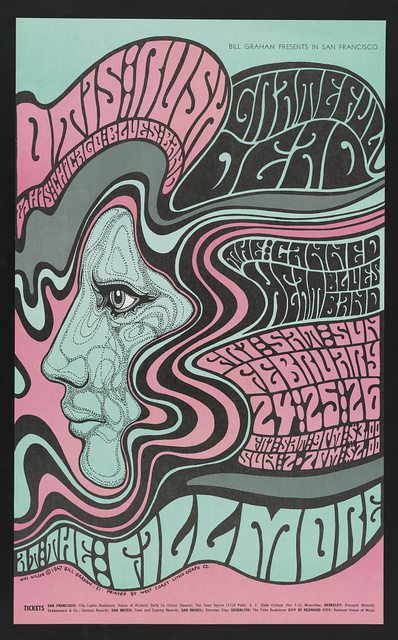
Vintage concert merchandise has become more than just a nostalgic reminder of past shows; it’s now a valuable collector’s item. From rare tour posters to iconic band T-shirts, these pieces of music history have gained worth over time. Read More.
10 Limited-Run Designer Fashion Pieces That Are Worth a Fortune

Designer fashion pieces that are released in limited runs often become highly coveted, not just for their style but for the value they hold over time. These items are crafted with the finest materials, meticulous attention to detail, and often feature unique designs that make them stand out. Read More.
14 Rare Gemstones Found Only in Specific Regions

Rare gemstones hold a special allure, not just for their beauty but for their scarcity. Found only in specific regions around the world, these stones are prized by collectors and jewelers alike. The combination of unique geological conditions and limited supply makes each of these gems both valuable and captivating. Read More.
